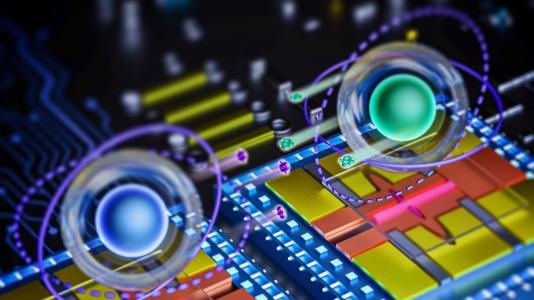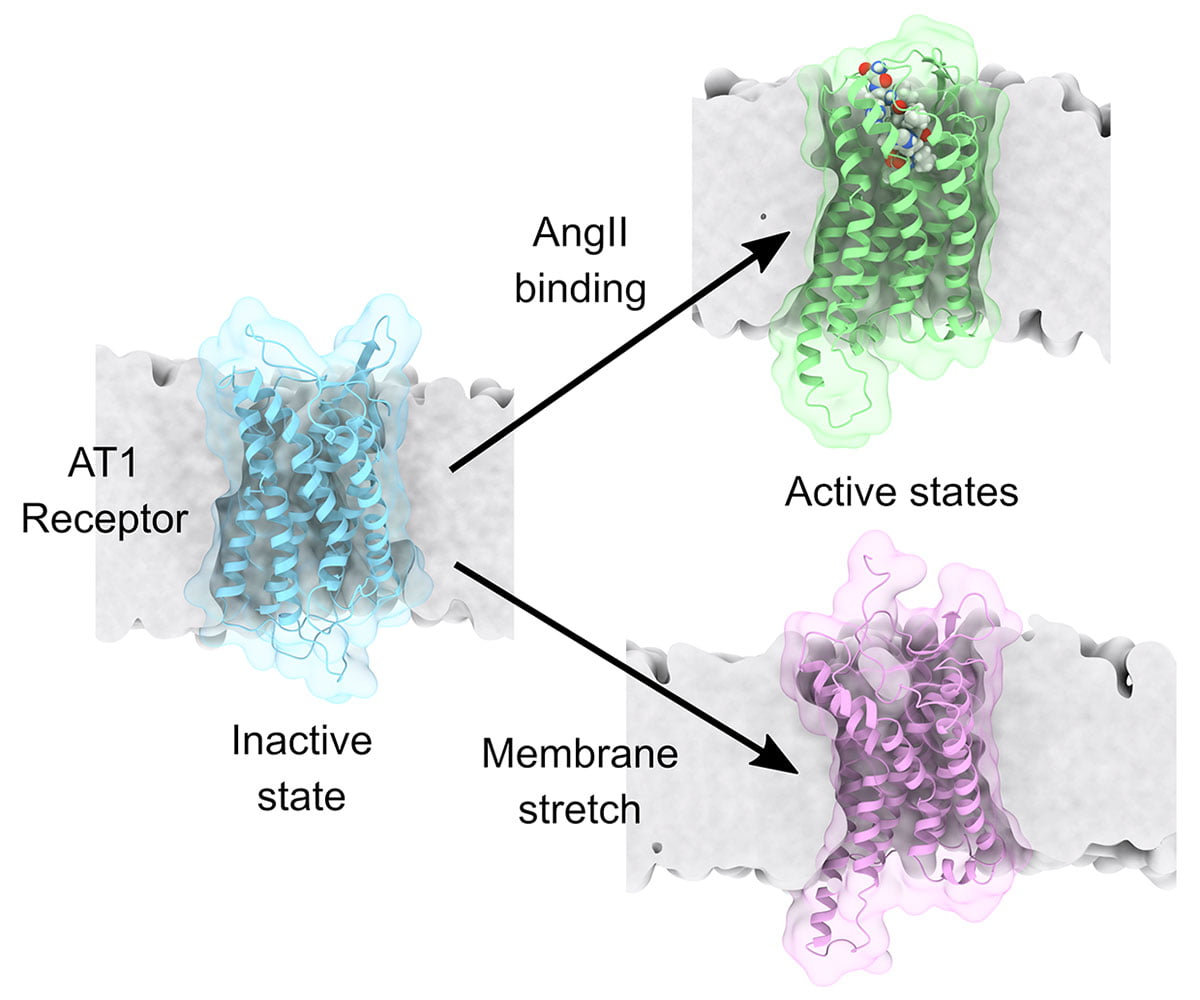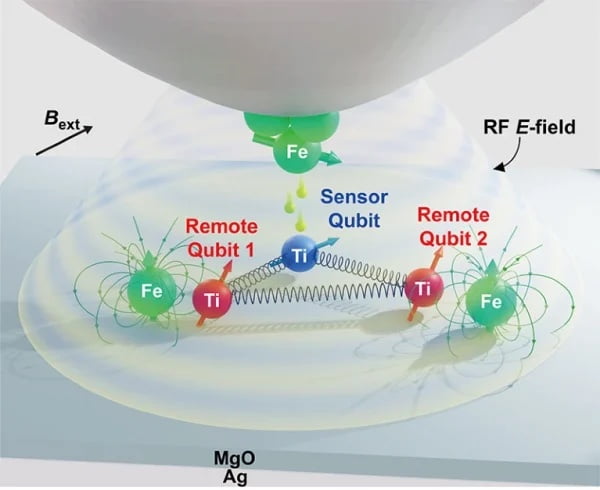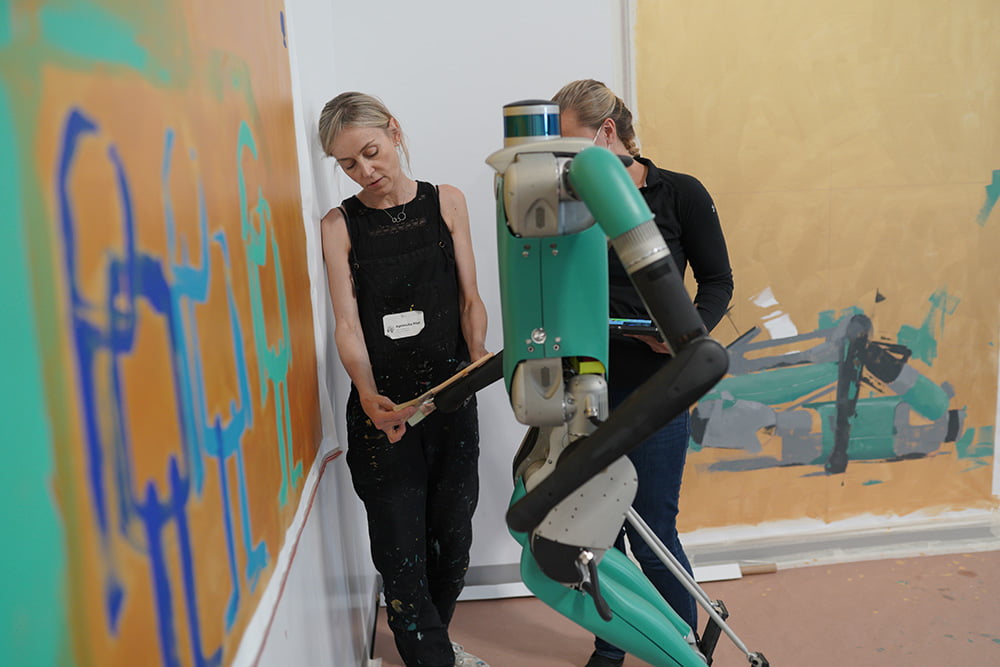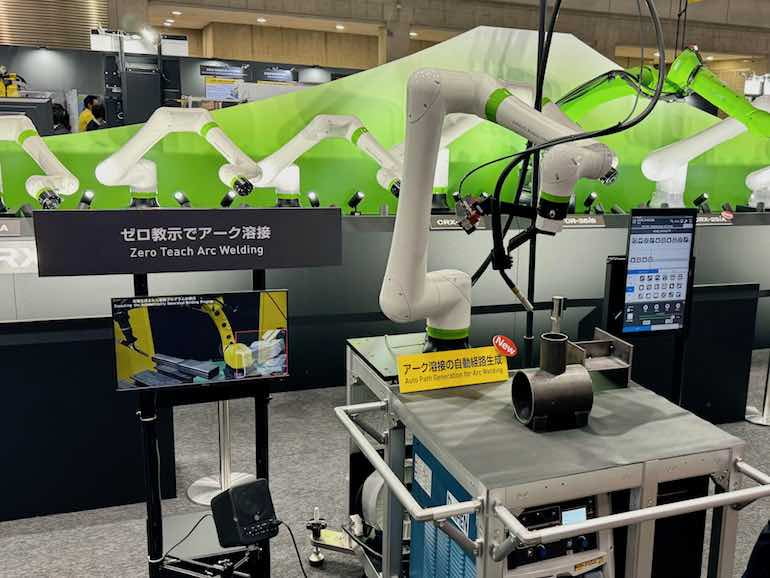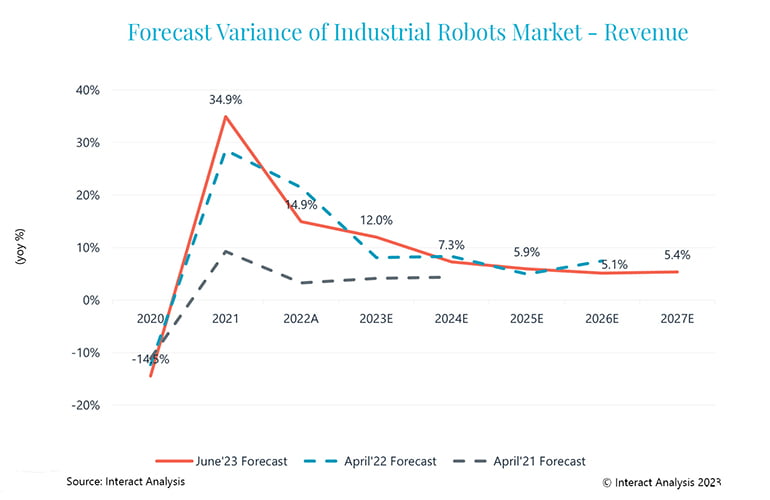
According to a recent study conducted by market intelligence firm Interact Analysis, the demand for warehouse automation will start to increase again in 2024 following a challenging year in 2023, albeit at a minimal growth rate. The post Warehouse automation market to return to growth in 2024, says Interact Analysis appeared first on The Robot […]

Coherence stands as a pillar of effective communication, whether it is in writing, speaking or information processing. This principle extends to quantum bits, or qubits, the building blocks of quantum computing. A quantum computer could one day tackle previously insurmountable challenges in climate prediction, material design, drug discovery and more.

Miso Robotics, a developer of AI-powered cooking robots, is teaming up with Cali Group and PopID. The companies are launching an automated restaurant in Pasadena, Calif. Miso’s line of robotic cooks will be automating all of the cooking at CaliExpress. Miso plans to use its proprietary technology to automate the grill and fry stations, while […]

If you think of the human body as consisting of a team of organs that plays against a defense of diseases, then the AT1 receptor is a key player — especially when it comes to attacks on the heart and kidneys. To better understand this protein’s role, researchers from Oregon State University and the University […]

The strange world of qubit types and quantum computing approaches keeps growing. A team of researchers from Center for Quantum Nanoscience, Institute for Basic Science (IBS), Korea, report this Month in Science performing quantum calculations by dragging the tip of a scanning tunneling microscope over titanium atoms on a surface. While no one expects the […]

From November 21-24, the final Human Brain Project (HBP) review was held in Brussels, during which members of the HBP consortium presented the final project results to a panel of external scientific experts. The scope of this review was the final phase of the HBP, which ended in September 2023. Results were presented in detailed […]

Agnieszka Pilat, an artist finding innovative ways to fuse art and technology, plans to spend the next four months training three Boston Dynamics Spot quadrupeds to create art autonomously. Starting Dec. 3, Pilat’s show, called Heterobata, is on display at the National Gallery of Victoria’s Triennial Show in Melbourne, Australia. The robots are programmed to […]

Should you start exploring quantum computing? Yes, said a panel of analysts convened at Tabor Communications HPC and AI on Wall Street conference earlier this year. The post Analyst Panel Says Take the Quantum Computing Plunge Now… appeared first on HPCwire.

Japanese manufacturers are responsible for 40% of robot sales around the world. To understand the global robotics market, a look inside Japan is indispensable. iREX, which claims to be the world’s largest robotics show, is a great way to do just that. The post 6 robotics trends from iREX 2023 appeared first on The Robot […]

Interact Analysis expects the global industrial robot market to grow 5-7% out to 2027. This long-term growth will be mostly driven by demand from the electric vehicle (EV) manufacturing industry. The post Industrial robot market to grow 5-7% out to 2027 appeared first on The Robot Report.


